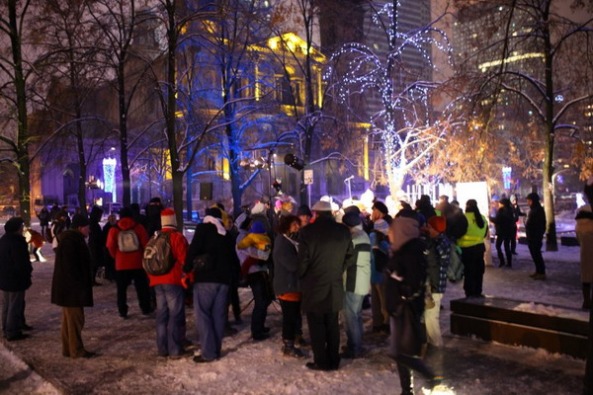The Armia Krajowa or Home Army, was the dominant Polish resistance movement in World War II German-occupied Poland. Till 1944, it absorbed most other Polish underground forces. It was loyal to the Polish government in exile and constituted the armed wing of what became known as the “Polish Underground State.”

Estimates of its membership in 1944 range from 200,000 to 600,000, with the most common number being 400,000; that figure would make it not only the largest Polish underground resistance movement but one of the three largest in Europe during World War II.

Warsaw mural with words “Because this is my city…”
It was officially disbanded on 19 January 1945 to prevent a slide into armed conflict with the Red Army including an increasing threat of civil war over Poland’s sovereignty.

The fallen AK soldier at his barricade – Warsaw Insurgents’ cemetery
However, many units decided to continue on their struggle under new circumstances, seeing the Soviet forces as new occupiers. The persecution of the AK members was only a part of the reign of Stalinist terror in postwar Poland. In the period of 1944–56, approximately 300,000 Polish people had been arrested, or up to two million, by different accounts. There were 6,000 death sentences issued, the majority of them carried out. Possibly, over 20,000 people died in communist prisons including those executed “in the majesty of the law” such as Witold Pilecki, a hero of Auschwitz. A further six million Polish citizens (i.e., one out of every three adult Poles) were classified as suspected members of a ‘reactionary or criminal element’ and subjected to investigation by state agencies.
This slideshow requires JavaScript.






















































































